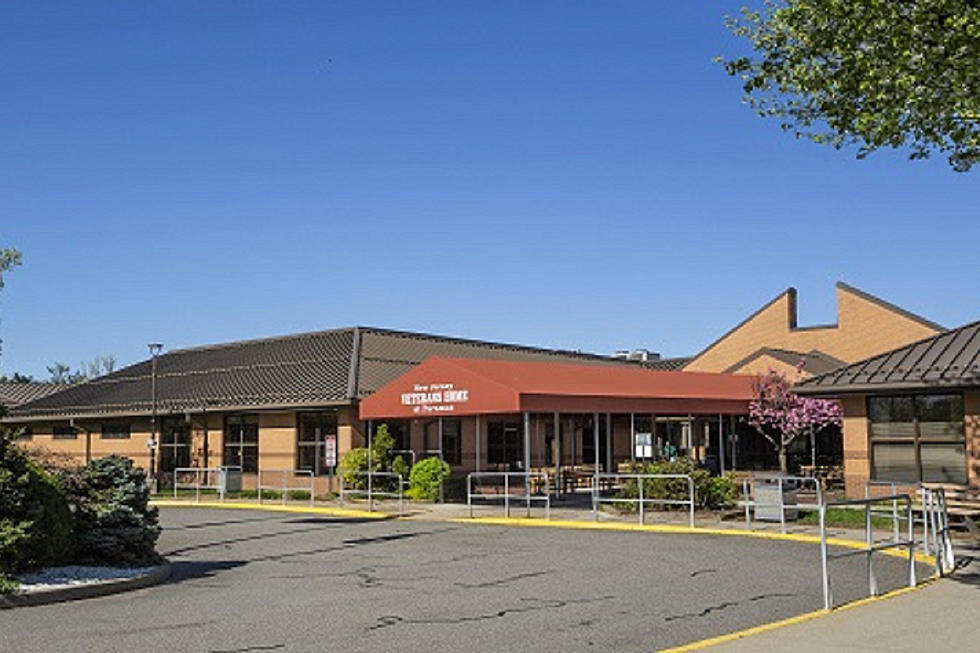
NJ food banks stock up for a long, cold, COVID winter
Former Lt. Gov. Kim Guadagno, now the president and CEO of Fulfill NJ in Monmouth and Ocean counties, said in the last few months, she has been hearing things from those who visit her group's facilities that she's never heard before.
"'I have never been to a food bank before, I need your help,' or worse, not being able to walk up to the front door — and walking out and coming back and walking out again, because they are embarrassed," Guadagno said.
That is the reality for those in New Jersey for whom COVID-19 has raised the spectre of food insecurity for the first time.
According to Fred Wasiak, president and CEO of the Food Bank of South Jersey, his organization is serving about 45% more people than usual, and 40% of those people who come to him in need are new.
The need for not just food but healthy and nourishing food is typically higher during the winter months, but COVID-19 has led to new struggles — job losses, business closures, kids learning from home — and sometimes when other bills need to be paid, food "falls off the proverbial table," said Carlos Rodriguez, president and CEO of the Community FoodBank of NJ.

All of these organizations believe it will be at least another six months before higher-than-normal volume decreases, but they also predict a lengthy path from "the new normal" to just "back to normal."
"If everyone got healthy today and there was no more COVID, it's going to take another 12 to 18 months for us to get back to even, or better than, the new normal," Wasiak said.
Rodriguez takes an even longer view.
"Well after that last vaccine is administered, our work will continue," he said. "We know from the (Great) Recession that it took 10 years for food insecurity numbers to go back down to pre-recession levels."
Luckily, Rodriguez said, food banks like his have been preparing for this surge in demand for months, but have even had to over-prepare to account for the chance that supply chains may become disrupted again as they were in March.
Just looking at the increased numbers of those who need nourishment from food banks should give pause, but some other figures are similarly staggering: A $2 million increase in food distributed, according to Guadagno. Enough pounds of food for 55,000 prepared meals a day, Wasiak said.
And there are two overarching concerns these food banks have in common going forward. One is funding, as the pandemic has cut down on opportunities to hold public food drives and other events, and many facilities are operating with fewer in-person workers.
The other worry is getting meals safely to those directly affected by the virus. Guadagno told the story of two entire families quarantined with COVID-19, one who had to request doorstep delivery, and the other who plans to come to Fulfill and have workers place their meals in their trunk with no other interaction whatsoever.
"Food insecurity was a pandemic even before March 13 hit America, or closed down, but just the pandemic itself has brought the fact that hunger and malnutrition (are) more immediate," Wasiak said.
These food banks will help anyone who comes to their doors but Guadagno said the ways in which they help are getting more innovative. One restaurateur, she said, is now helping them prepare meals after having to close their own business and lay off staff members.
She said restaurants need to stay open for this very reason — so their workers can provide food to others, not have to seek it from food pantries.
If you need assistance, visit cfbnj.org, fulfillnj.org, or foodbanksj.org.
Patrick Lavery is New Jersey 101.5's afternoon news anchor. Follow him on Twitter @plavery1015 or email patrick.lavery@townsquaremedia.com.
Stars We Lost in 2020
More From New Jersey 101.5 FM









